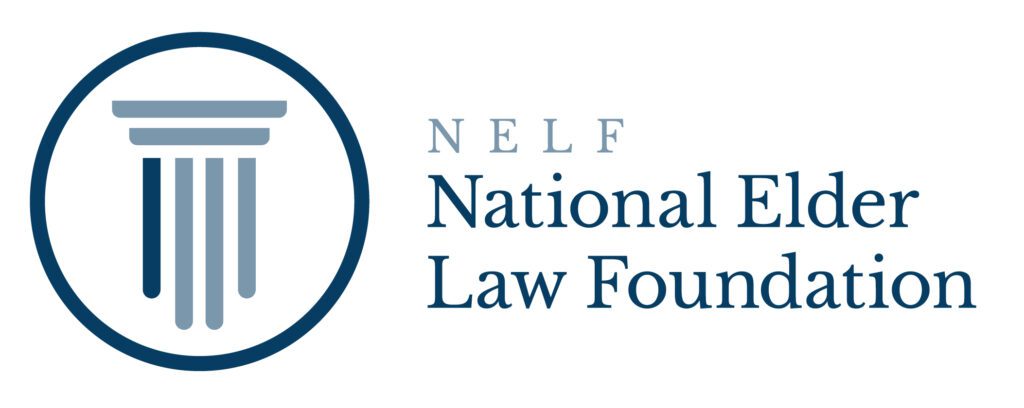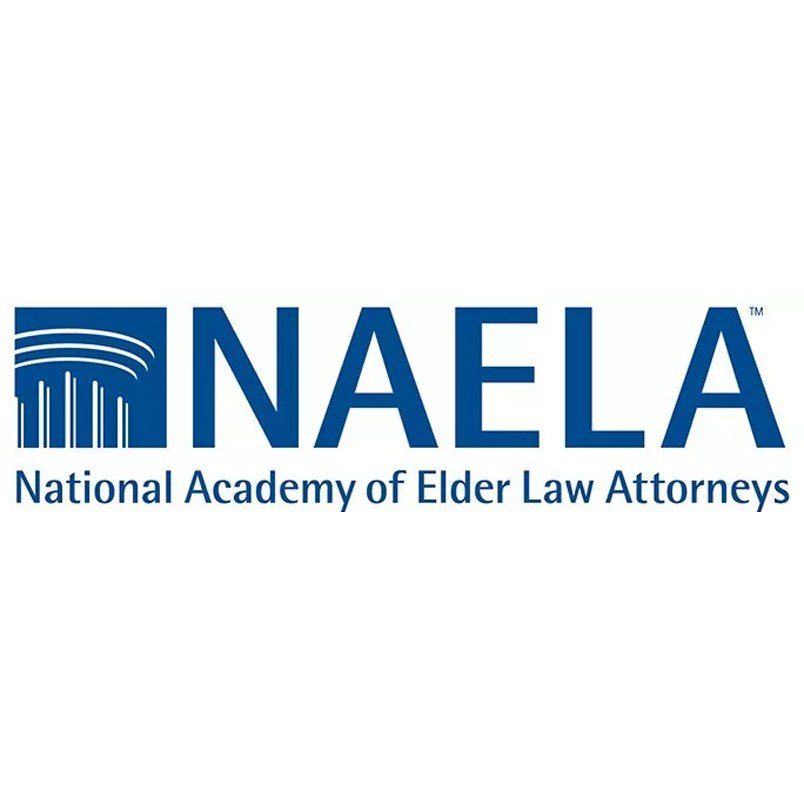It’s a particularly unpleasant aspect of aging. We are likely to need long-term care services before we die.
By “long- term care” I mean the type of care you need if you have a prolonged physical illness, disability or severe cognitive impairment (such as Alzheimer’s disease) that keeps you from living independently. As a result, you need assistance carrying out basic self-care tasks.
Nearly 70 percent of seniors will receive such help sometime during their old age—usually at home, but often in a nursing home. It will last for an average of three years. One in five of us will need long term care assistance for five years or more.
The costs are crushing; the burdens on our loved ones enormous.
An elder law attorney can help ease those costs and burdens. This article will discuss three techniques that elder law attorneys use to help families protect themselves against the financial cost of long term care once the need for that care has arisen. These strategies are just part of the planning arsenal that is available. They can be used in a crisis. But, of course, it is best to plan early, rather than wait for a crisis to happen.
This planning ideas discussed below focus on utilizing the Government Medicaid program to help protect the financial security of an individual who is married to a nursing home resident. But these techniques can be adapted for unmarried individuals and for those persons, married and unmarried, who are receiving care at home.
WHO PAYS FOR LONG TERM CARE
The average cost of nursing home care in Pennsylvania is now around $100,000 a year. Not many Pennsylvania couples can afford to pay that kind of cost for long. To protect the financial security of the “community spouse” (i.e. the non-institutionalized spouse) at least some of that cost must be shifted onto a third party as soon as possible. Potential third-party payers include Medicare, private insurance, and Medicaid.
Most seniors have Medicare financed coverage as their primary payer of health care costs. But Medicare does not pay for long term stays in a nursing facility. For an explanation of the rules governing Medicare’s limited payment for nursing home costs see my article Getting Medicare to Pay for more of your Nursing Home Stay.
Another possible payment source is insurance. While standard health insurance doesn’t cover nursing home costs, healthy individuals can buy special long-term care insurance that does. But few seniors have this kind of coverage. It’s expensive and underwriting standards can be difficult to meet. And premiums have been increasing a lot in recent years. As a result, few seniors are covered by long term care insurance.
That leaves the Medicaid program, America’s health care safety net, as the most significant potential alternative source of long-term care financial assistance for most people. But Medicaid has complicated financial qualification rules that can prevent a long-term care recipient from qualifying for the program. An experienced elder law attorney will be able to help families find their way through the qualification maze and qualify for Medicaid sooner rather than later.
Here are three techniques that elder law attorneys utilize in the right circumstances. For more information on other planning strategies see my previous article, 4 Strategies to Protect Your Assets From Nursing Home Costs.
USING ASSETS TO PAY OFF DEBTS AND EXPENSES
By using at risk assets to pay bills prior to applying for Medicaid assistance (but after the institutionalization “snapshot date”) the community spouse can reduce demands on the assets he or she is allowed to keep under Medicaid spousal impoverishment rules. For example, a couple may elect to pay off existing debts; to prepay real estate taxes, insurance, or other large bills; or to prepay funeral expenses.
Example: John and Marian Jones have a home and $50,000 of savings when John enters a nursing home for a long term stay. Under Medicaid spousal impoverishment rules, Marian is allowed to keep $25,000 as her protected allowance and John is permitted to retain $2,000. They have $23,000 in excess resources that prevent John from being eligible for Medicaid.
After John’s admission to the nursing home, Marian spends the $23,000 excess by paying off the mortgage on the couple’s home, some credit card debt, and by making an advance payment of real estate taxes. Because Marian now has only $25,000 and John has only $2,000 left, John is eligible for Medicaid.
BUYING ASSETS THAT ARE NOT COUNTED BY MEDICAID
Medicaid eligibility rules do not count certain assets such as a home, a car, and personal effects. Therefore, in appropriate cases a community spouse might take money from countable savings to buy a more expensive home; repair or improve an existing home; or buy a new car, new household furnishings, or personal effects. Medicaid rules do not restrict spending countable assets on non-countable ones of equivalent value. Money spent on non-countable assets needed for the community spouse’s use can accelerate Medicaid qualification.
Example: In the John and Marian example above, after John’s admission to the nursing home, Marian could spend the $23,000 excess on a new furnace for their home and a new car. Because of this allowable spending John is now financially eligible for Medicaid.
CONVERTING COUNTABLE ASSETS TO INCOME
Some strategies are designed to convert excess assets into income for use by the community spouse. In order to avoid a Medicaid penalty the community spouse must receive something of equal value in exchange for the converted assets.
A conversion strategy that is frequently used by the attorneys at my firm Marshall, Parker and Weber involves annuities. Annuities are contractual arrangements in which an individual pays a lump sum to receive a future stream of income in return. They are offered in a bewildering variety of forms by commercial financial entities, and can involve poorly understood consequences and costs to the consumer.
Most annuities are inappropriate vehicles for Medicaid planning. But there are annuities that conform to the specific requirements of Medicaid law that can be used to protect all of a couple’s excess resources for the community spouse. Although savings are immediately and substantially reduced, the community spouse’s income is increased by a more modest but recurring amount. The at-home spouse can either spend that income or reinvest it, effectively recouping all of the assets used to purchase the annuity.
In the typical scenario, after the institutionalized spouse enters the facility, the community spouse, acting under the guidance of an elder law attorney, liquidates the couple’s excess resources and uses the funds to purchase a non-assignable, non-transferable annuity that meets all of the requirements of the Deficit Reduction Act of 2005. If done correctly, there is no transfer penalty and, since the check is payable to the community spouse, the payments received are income to the community spouse and do not impact the Medicaid eligibility determination.
Example: Here is an example from a precedent setting case that was handled several years ago by attorney Matthew Parker of Marshall, Parker and Weber.
In August 2005 Robert James was admitted to Summit Health Care Facility in Wilkes-Barre, Pennsylvania. He and his wife Josephine filed a resource assessment with the PA Department of Public Welfare (DPW) that showed that the couple had total available resources of $381,443. After allowing for the community spouse and institutional spouse allowances, the couple had excess resources of $278,343. This meant that Robert was ineligible for Medicaid payments.
In order to reduce their assets to the level that would qualify Robert for Medicaid benefits, on September 12, 2005, Josephine purchased for $250,000 a single premium immediate irrevocable annuity. The annuity was payable to Josephine over an eight year period in monthly amounts of $2,937.71, beginning October 1, 2005, and ending September 1, 2013. It included other provisions that are required by Medicaid law.
On September 15, 2005, Mrs. James also purchased a new automobile for $28,550. The purchase of the annuity, combined with the purchase of an automobile, reduced the couples’ resources to within Medicaid resource eligibility limits.
On September 20th Mr. James applied for Medicaid benefits. Those benefits were eventually awarded by DPW after two successful court decisions were obtained by attorney Parker. Mr. James received his Medicaid benefits and the couple saved over $6,000 each month that Mr. James resided in the nursing home. By the time Mr. James passed away, the couple had saved in excess of $100,000.
IMPORTANT NOTES
Don’t try the annuity conversion strategy without expert help from an elder law attorney who knows the rules in the Medicaid applicant’s state of residence inside and out. It’s easy to make a catastrophic mistake by buying the wrong annuity or an annuity that does not contain required special Medicaid provisions or which was purchased at the wrong time.
Medicaid qualification rules vary from state to state and change over time. This article is based on Medicaid rules in effect in Pennsylvania as of July 2013. Be sure to consult with a Medicaid experienced lawyer in the state where the Medicaid applicant resides to find out about the rules in that state and to help you get the planning assistance you need.
This article lists just a few of the planning strategies available to you under the Medicaid statute and regulations. Each family situation is different and the best solutions for you will depend on your unique circumstances. Don’t be “penny wise and dollar foolish.” Consult with an elder law attorney who is experienced in Medicaid issues.
If the person in need of care resides in Pennsylvania, Marshall, Parker and Weber can help. We have been helping families get through the long term care maze for over 30 years. Contact us at 800-401-4552 or email us at webmail@paelderlaw.com.
Further Reading:
How Much Does Long Term Care Cost
Law Can Require Children to Pay Support for Aging Parents
James v. Richman, United States Court of Appeals for the Third Circuit (November 12, 2008)




